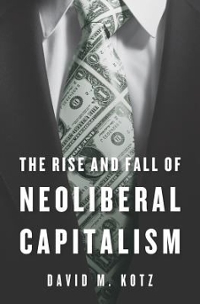Question
1. About 25% of the price of gasoline at a gas station goes to the owner of the well that produced oil from which the
1. About 25% of the price of gasoline at a gas station goes to the owner of the well that produced oil from which the gasoline was refined.
(A) TRUE (B) FALSE
2. The Kyoto Protocol result in large scale reductions in CO2 by the European Union and the U.S.
(A) TRUE (B) FALSE
3. The Coase Theorem says that with clearly defined property rights involving a particular pollutant, in the absence of transactions costs, consumers will always be able to reach a favorable bargain with the polluting firm.
(A) TRUE (B) FALSE
4. Using coal to produce electricity results in roughly twice as much CO2 being emitted per KWh than using natural gas.
(A) TRUE (B) FALSE
5. Water vapor is a major greenhouse gas that traps a large amount of heat that warms the earth.
(A) TRUE (B) FALSE
6. The 1983 U.S. National Academy (Nierenberg Climate) Report led to the passage of major U.S. legislation to deal with climate change by calling for more research and pointing out international issues.
(A) TRUE (B) FALSE
7. The physical science climate models predict that the impacts of climate change are going to be strongest near the equator.
(A) TRUE (B) FALSE
8. The U.S. Department of Energy often sets technical standards for home appliances in order to help reduce energy consumption.
(A) TRUE (B) FALSE
6
9. Methane is a greenhouse gas that stays in the upper atmosphere a shorter length of time than CO2.
(A) TRUE (B) FALSE
10. Early climate models over predicted how much temperatures would increase because they did not take into account the amount of cooling that was occurring due to sulfates and other particulates being released into the atmosphere by pollution sources.
(A) TRUE (B) FALSE
11. Generating electricity from large solar thermal plants is cheaper than generating the same amount of electricity from roof top solar panels.
(A) TRUE (B) FALSE
12. The Montreal Protocol, which took to phase out chemicals such as Freon, which destroyed high-level (stratospheric) ozone layer, had a much higher benefit-cost ratio than plans to mitigate against the adverse impacts of climate change.
(A) TRUE (B) FALSE
13. Carbon dioxide stays in the atmosphere for about 2000 years after it is released.
(A) TRUE (B) FALSE
14. Efforts by the U.S. Federal Government to reduce air pollution before 1970 were largely unsuccessful because individual U.S. states feared losing their heavy industry due to the cloud modification program.
(A) TRUE (B) FALSE
15. Future greenhouse gas emissions are difficult to predict because it is hard to forecast developing country population and economic growth rates and the success of their climate policy actions.
(A) TRUE (B) FALSE
Step by Step Solution
There are 3 Steps involved in it
Step: 1

Get Instant Access to Expert-Tailored Solutions
See step-by-step solutions with expert insights and AI powered tools for academic success
Step: 2

Step: 3

Ace Your Homework with AI
Get the answers you need in no time with our AI-driven, step-by-step assistance
Get Started


